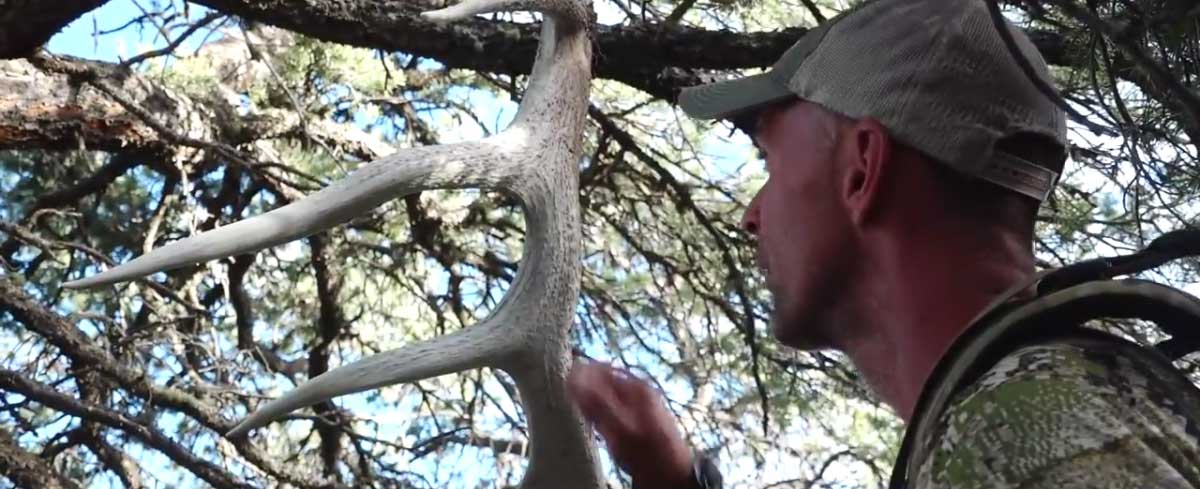If you’re a shed hunter, you must not only outwit your human competition, but your furry counterparts as well. When elk shed their antlers in late winter, forest creatures large and small race to freshly dropped antlers in search of valuable minerals. Rodents like mice, squirrels and porcupines are the most common culprits, but biologists have observed wolves, coyotes and even bears chewing on sheds.
Antlers turn out to be a sort of multivitamin, providing mainly calcium, which accounts for about 20 percent of an antler’s make-up. But a University of Georgia study identified 11 different minerals in antlers, including phosphorous at 10 percent, magnesium at 1 percent and smaller amounts of sodium, potassium, barium, iron, aluminum, zinc, strontium and manganese.
Antlers also provide a moveable feast while still attached. Elk and other deer species sometimes ingest parasites that, after incubating in the intestinal tract, can make their way through the bloodstream to growing antlers still in velvet. Nestled beneath the live tissue, these larvae mature, sometime causing dimples and lumps in the bone surface. They then bore outward and fly off, leaving holes in the hardened antlers.
Elk NetworkWhat eats elk antlers and why?
General | February 19, 2018

Latest Content
The Ammo You Can Bet Your Tag on: Trophy Grade™ Ammunition
As summer fades and fall approaches, hunters across the country are finalizing plans, checking gear, and preparing for the most anticipated time of year—big game [...]
Leupold Announces New SX-4 Pro Guide HD Gen 2 and SX-2 Alpine HD Gen 2 Spotting Scope Families
Leupold & Stevens, Inc., provider of the world’s most rugged, lightweight, and clear sport optics, is pleased to announce the launch of two new spotting [...]
Gear up for the Hunt with the Buck Knives Alpha Elites
Use code “RMEF20WAPITI” to save 20% off all Buck Hunting Knives at www.buckknives.com. (Valid 7/7/2025-10/15/2025) Every experienced hunter knows the different between good gear, and [...]